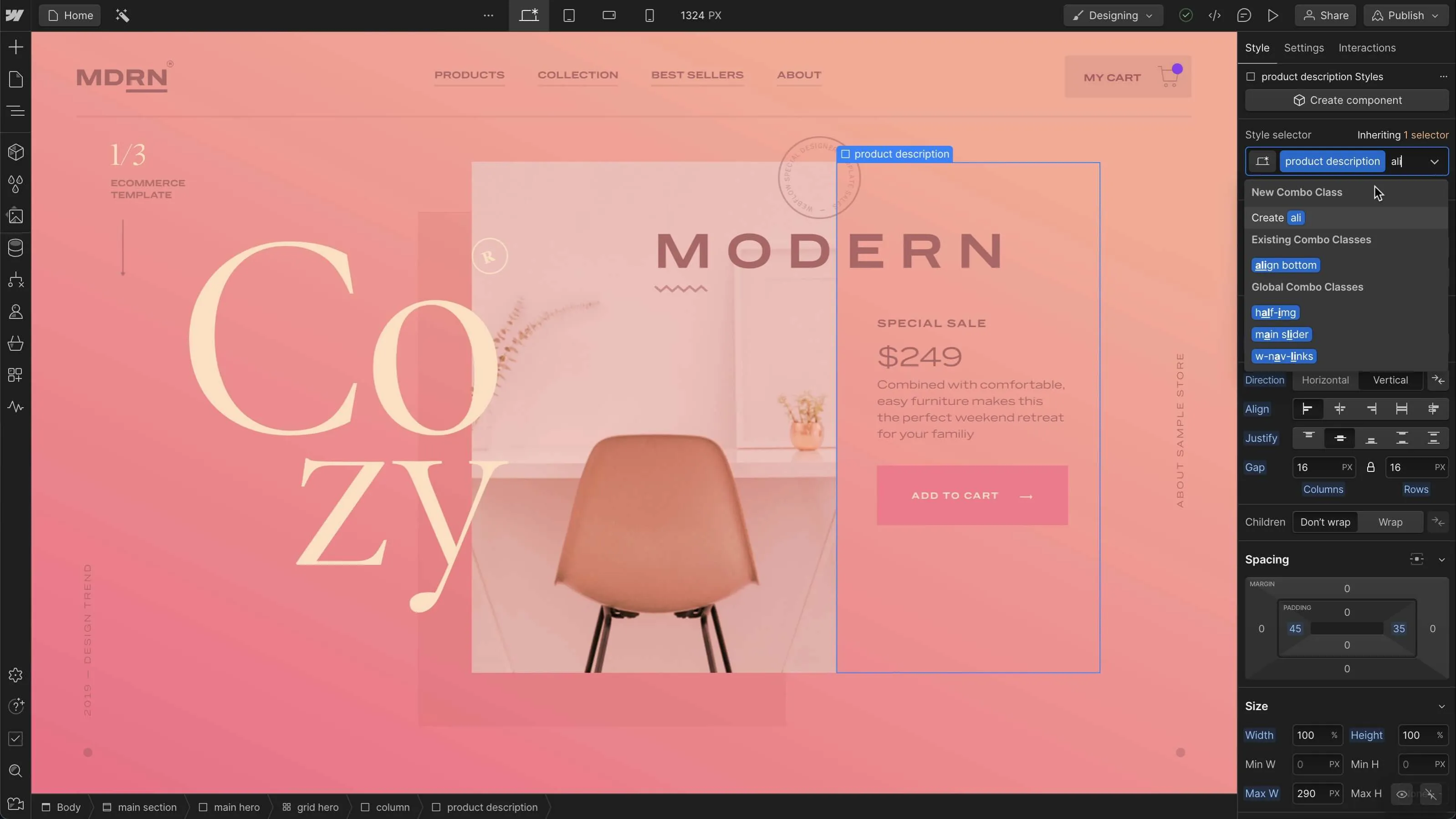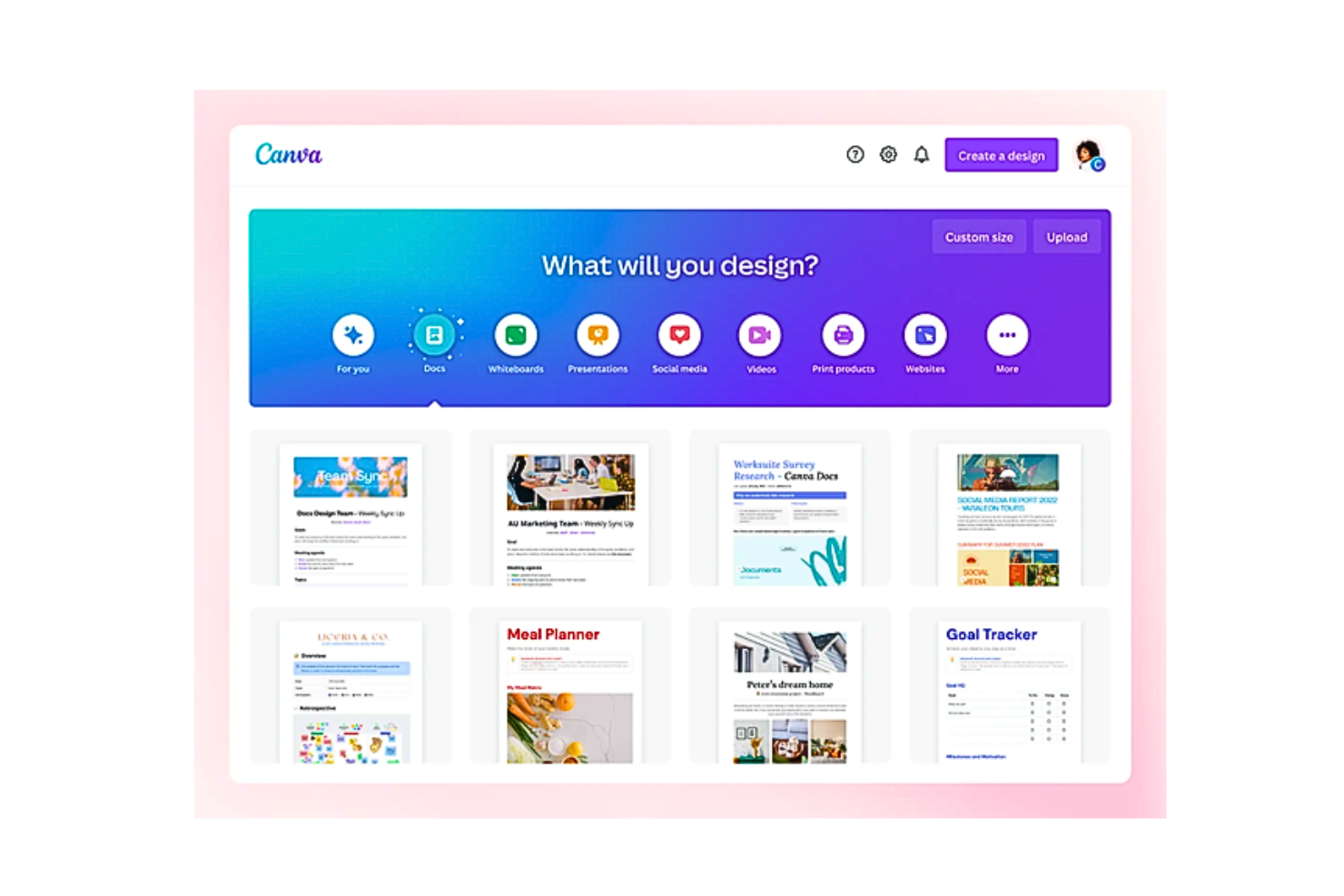Website Design Best Practices for Faster Load Times and Improved User Experience
Website Design Best Practices for Faster Load Times and Improved User Experience
Blog Article
Modern Web Site Design That Records Attention and Converts
In a progressively digital landscape, modern website layout has actually emerged as an essential variable in recording user interest and driving conversions. As we explore these important components, it becomes clear that comprehending their interplay can dramatically affect an internet site's efficiency and customer satisfaction.
Importance of Visual Hierarchy
Aesthetic power structure is an essential aspect in internet site design, as it overviews customers' attention and enhances their general experience. By tactically arranging material, designers can guide individuals to one of the most crucial information first, thus raising involvement and enhancing use. Efficient aesthetic power structure employs various techniques, consisting of dimension, color, comparison, and spacing. Larger elements normally draw the eye, while contrasting colors can stress vital messages, making them stand out among more restrained elements.
Integrating a logical circulation in web content setup is essential; for instance, putting one of the most important details at the top of a web page fosters prompt acknowledgment. Furthermore, consistent use typography, such as varying font sizes and styles, assists develop a clear content structure. This organization not only help in navigating but likewise develops trust fund, as users feel much more comfortable when they can quickly discover what they are seeking.
Inevitably, a well-executed visual pecking order not just boosts visual appeal but additionally dramatically influences user behavior. By focusing on vital aspects and making sure a smooth experience, designers can successfully convert site visitors right into consumers, strengthening the value of this foundational layout concept in contemporary internet site growth.
Responsive Layout for All Tools
Developing a seamless experience across different gadgets is essential in today's digital landscape, where users gain access to internet sites from tablet computers, desktops, and smart devices alike. Receptive layout is an essential method that makes certain web sites adjust fluidly to various screen orientations, resolutions, and dimensions. By utilizing versatile grids, photos, and CSS media queries, developers can develop formats that preserve aesthetic honesty and functionality, despite the tool being made use of.
The value of receptive style extends beyond aesthetics; it directly influences customer interaction and conversion prices. A site that works well on all gadgets urges longer sees and minimizes bounce rates, as individuals are much more most likely to connect with material that is very easy to browse. Search engines, specifically Google, focus on mobile-friendly websites in their rankings, making responsive style a vital element of search engine optimization (SEARCH ENGINE OPTIMIZATION)
Including responsive design not only enhances individual experience however likewise enhances the advancement process. By developing a solitary website that functions throughout gadgets, services can conserve time and resources contrasted to establishing separate mobile and desktop versions. Eventually, receptive design is an essential approach for contemporary web site style, making sure access and contentment for all customers, despite their gadget.
Engaging Interactive Elements
While a responsive style prepares for a practical site, including appealing interactive aspects is essential for catching user interest and cultivating deeper connections. Website Design. Interactive aspects, such as animations, quizzes, and clickable infographics, produce a more vibrant user experience, urging site visitors to invest more time on the website
Integrating interactive features can additionally guide customers with complicated info, making it much easier to digest content. For instance, interactive sliders can highlight product variations, while embedded video clips can offer demos or testimonies that resonate greater than fixed photos or text. Moreover, gamification strategies, like benefits for finishing tasks or involving with content, can enhance user inspiration and retention.
Effective use of interactive components not only enhances the user experience however can also lead to greater conversion rates. It is necessary to balance interactivity with performance; excessively intricate features might impede site speed, adversely impacting individual contentment.
Streamlined Navigating Practices
Reliable navigation is a cornerstone of any successful web site, as it directly influences user experience and web content availability. Structured navigation methods guarantee that individuals can conveniently situate info, boosting their communication with the website. A well-structured navigating menu must be instinctive and basic, usually featuring a limited variety of key groups to stay clear of overwhelming visitors.
To achieve structured navigation, designers must prioritize an ordered framework that realistically arranges web content. Implementing breadcrumb trails can offer customers with context regarding their current area within the website, permitting seamless backtracking. In addition, making use of drop-down menus can effectively preserve room while still providing access to subcategories.
Responsive design is essential, as navigating must be practical throughout all tools (Website Design). Mobile users, in particular, take advantage of touch-friendly food selections and collapsible sections that maintain functionality without endangering visual appeals

Reliable Call-to-Action Strategies
A well-crafted call-to-action (CTA) is necessary for leading individuals toward wanted results on a site, as it motivates them to involve with web content or buy. To maximize their effectiveness, CTAs need to be clear, compelling, and tactically placed throughout the site.
First, make use of action-oriented language that communicates urgency or worth, such as "Get Begun," "Join Currently," or "Claim Your Discount rate." This language not only inspires individuals yet also establishes clear assumptions about the next steps.
2nd, consider design components; CTAs should attract attention visually with contrasting shades, ample whitespace, and prominent positioning. A switch web that is very easy to see and click boosts the probability of individual communication.
Furthermore, individualizing CTAs based upon customer actions or demographics can considerably boost interaction. Tailored messages reverberate much more with individuals, driving greater conversion rates.

Conclusion
These parts collectively boost individual experience, making sure that visitors remain involved and encouraged to discover content further. By prioritizing these style concepts, organizations can significantly improve user retention and conversion prices, ultimately leading to higher success in the digital landscape.
In a progressively digital landscape, modern-day website design has actually arised as a critical element in recording individual attention and driving conversions.Aesthetic power structure is an important element in website style, as it overviews individuals' focus and improves their total experience.The relevance of responsive layout prolongs beyond visual appeals; it directly impacts customer involvement and conversion prices.Including responsive style not only improves customer experience however also enhances the advancement process. Inevitably, responsive you can try here design is website link an essential method for contemporary internet site style, ensuring access and fulfillment for all individuals, no matter of their device.
Report this page